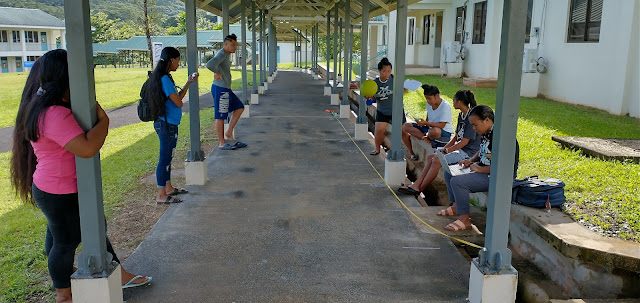Canvas analytics and assessment data week two fall 2021

Week two saw upticks in the number of courses being served by Instructure Canvas as well as in the number of instructors and students active on the platform. Systemwide, Canvas delivered 1293 assignments and 150 discussions in the second week of classes. Page views provides a snapshot of platform activity for all users. Canvas was most active on Mondays, Tuesdays, and Thursday. As seen in the past, on Friday activity levels on the platform tend to drop, falling to their lowest levels on Saturdays. Traditionally Saturday is a family day for housework, gardening, farming, fishing, and recreation. The single in-term Sunday that has occurred showed activity levels on par with the prior Friday. At the end of the first week of classes there were 451 outcome evaluation events recorded on the platform. In week two the outcomes dashboard documents 1,065 outcomes evaluation events. These events include rubrics with outcomes from the institutional bank of course learning outcomes being mark



